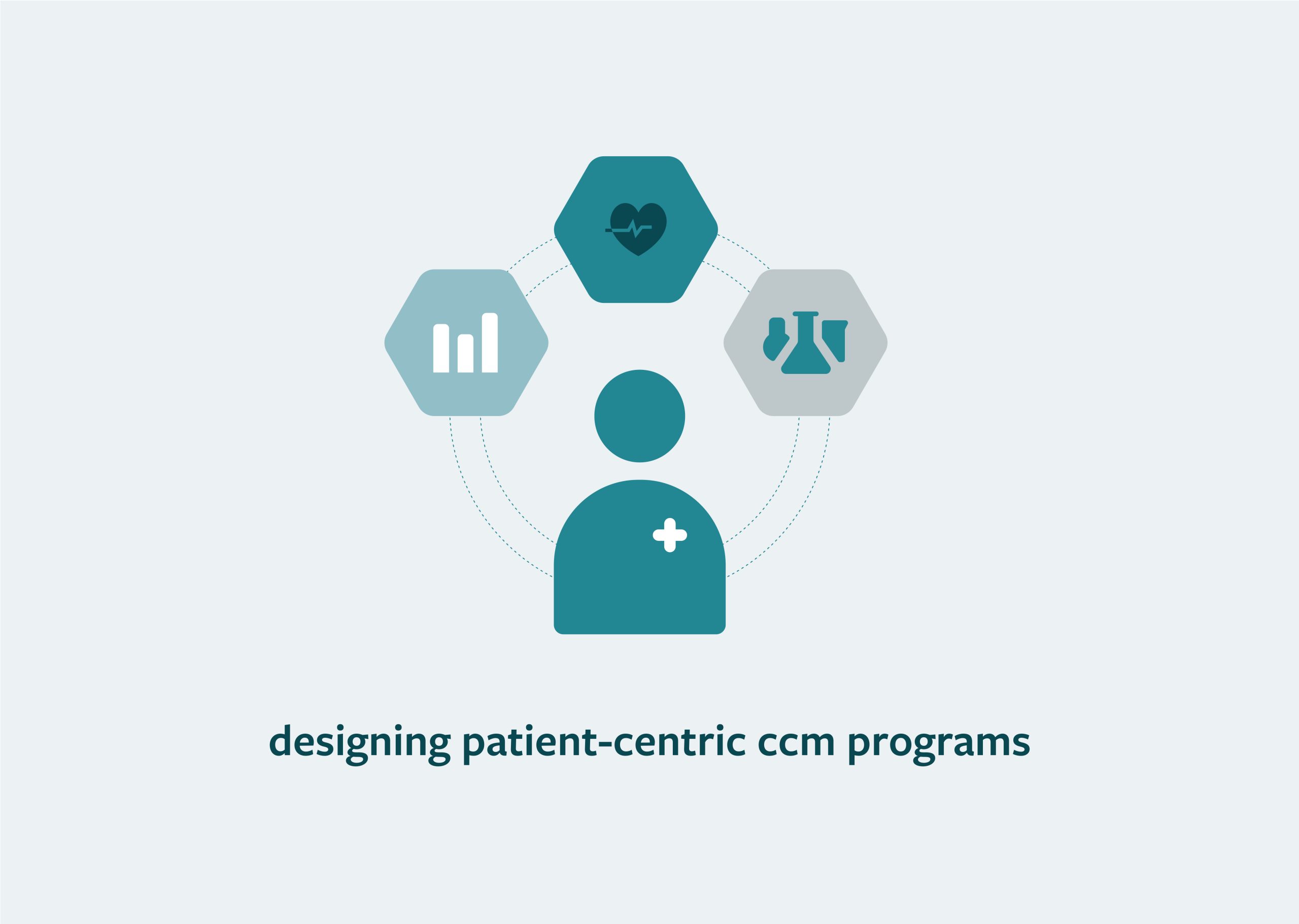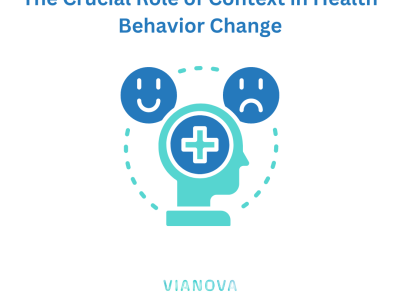
Designing Patient-Centric CCM Programs: A Behavioral Economics Approach
Chronic Care Management (CCM) programs have a pivotal role in supporting individuals with chronic illnesses in their healthcare journeys. To ensure the success of these programs, it’s essential to prioritize patient needs and preferences. In this article, we will provide insights into designing CCM programs that are patient-centric, drawing from a behavioral economics approach. We will discuss how concepts such as choice architecture, default options, and personalized communication can be applied to create effective and patient-centric chronic care management initiatives.
Understanding Patient-Centric CCM
A patient-centric CCM program is one that places the individual’s needs, preferences, and values at the forefront of care. It acknowledges that patients are unique, and their healthcare experiences should be tailored to their specific circumstances. Here’s how behavioral economics principles can be integrated into such programs:
1. Choice Architecture: Choice architecture involves structuring choices and the presentation of information to influence decision-making. In patient-centric CCM programs, this principle can be applied to provide patients with clear, easily digestible information about their condition, treatment options, and self-care strategies. By presenting choices in a user-friendly manner, patients can make informed decisions that align with their values.
2. Default Options: Default options are the choices individuals make when no explicit choice is made. In patient-centric CCM, default options can be tailored to the patient’s best interests. For example, patients can be enrolled by default in text message medication reminders, but they have the option to opt out if they prefer other forms of communication.
3. Personalized Communication: Behavioral economics emphasizes the importance of personalized communication to engage individuals effectively. Patient-centric CCM programs can utilize personalized messaging to convey healthcare information, appointment reminders, and treatment recommendations. Tailoring messages to individual preferences and health literacy levels can improve patient engagement.
Key Components of Patient-Centric CCM Programs
1. Individualized Care Plans: Each patient should have an individualized care plan that considers their unique medical history, preferences, and goals. These plans should be created collaboratively between patients and healthcare providers.
2. Shared Decision-Making: Patient-centric CCM programs prioritize shared decision-making, where patients are actively involved in making choices about their healthcare. This fosters a sense of ownership and empowerment.
3. Flexibility: Recognizing that patient needs may evolve, patient-centric programs should be flexible and adaptable. Regular reassessment and adjustments to care plans are essential.
4. Continuous Feedback: Providing patients with timely feedback on their progress, adherence to treatment plans, and health outcomes can motivate and empower them to take an active role in their care.
Benefits of Patient-Centric CCM Programs
Designing patient-centric CCM programs offers several advantages:
1. Improved Patient Engagement: Patients are more likely to engage actively in their healthcare when their preferences and values are considered.
2. Enhanced Adherence: Patient-centric programs can lead to better adherence to treatment plans, medication regimens, and lifestyle changes.
3. Higher Quality of Care: By focusing on patient needs, healthcare providers can deliver more personalized and effective care.
4. Greater Patient Satisfaction: Patients are more likely to be satisfied with their healthcare experiences when they feel heard and respected.
5. Reduced Healthcare Costs: Patient-centric CCM can lead to better health outcomes and reduced healthcare costs by preventing complications and hospitalizations.
Designing patient-centric CCM programs is essential for delivering high-quality care to individuals with chronic illnesses. A behavioral economics approach, incorporating principles like choice architecture, default options, and personalized communication, can help create initiatives that prioritize patient needs and preferences. By embracing patient-centric care, healthcare providers and organizations can enhance patient engagement, improve adherence, and ultimately achieve better health outcomes for individuals managing chronic conditions.



FEEL FREE TO DROP US A LINE.